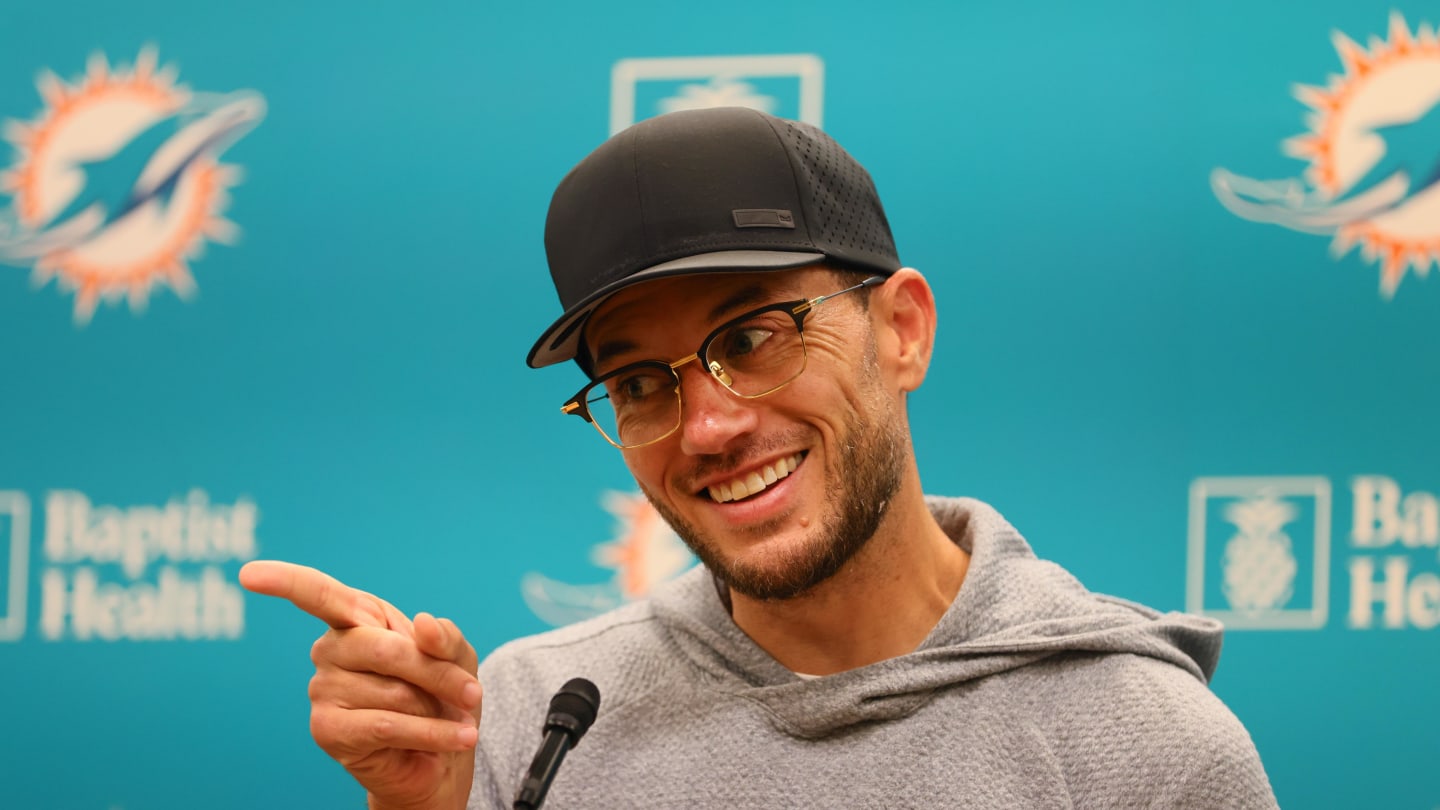Former Miami Dolphins cornerback Xavien Howard has been accused in a lawsuit of sending sexually explicit content to the then-underage son of an ex-girlfriend, according to a court filing obtained Thursday night by Grethel Aguila of the Miami Herald.
Per the filing, Howard sent the content to the son “because (his mother) refused to get an abortion.” The attorneys for a separate woman who sued Howard in 2023—alleging he shared explicit videos of her without her consent—are attempting to have the 18-year-old added to that lawsuit as a plaintiff.
Howard, 30, was cut by the Dolphins on March 13.
“Xavien Howard operates by intimidation and force. Where he goes, destruction follows, and the lives of two individuals have been irrevocably altered because of him,” attorneys Adriana Alcalde and Cam Justice wrote in the filing.
Through his attorney, Ted Craig, Howard denied the claims.
Howard has been selected to four Pro Bowls in eight seasons in the NFL. He has twice (2018 and 2020) led the league in interceptions.






